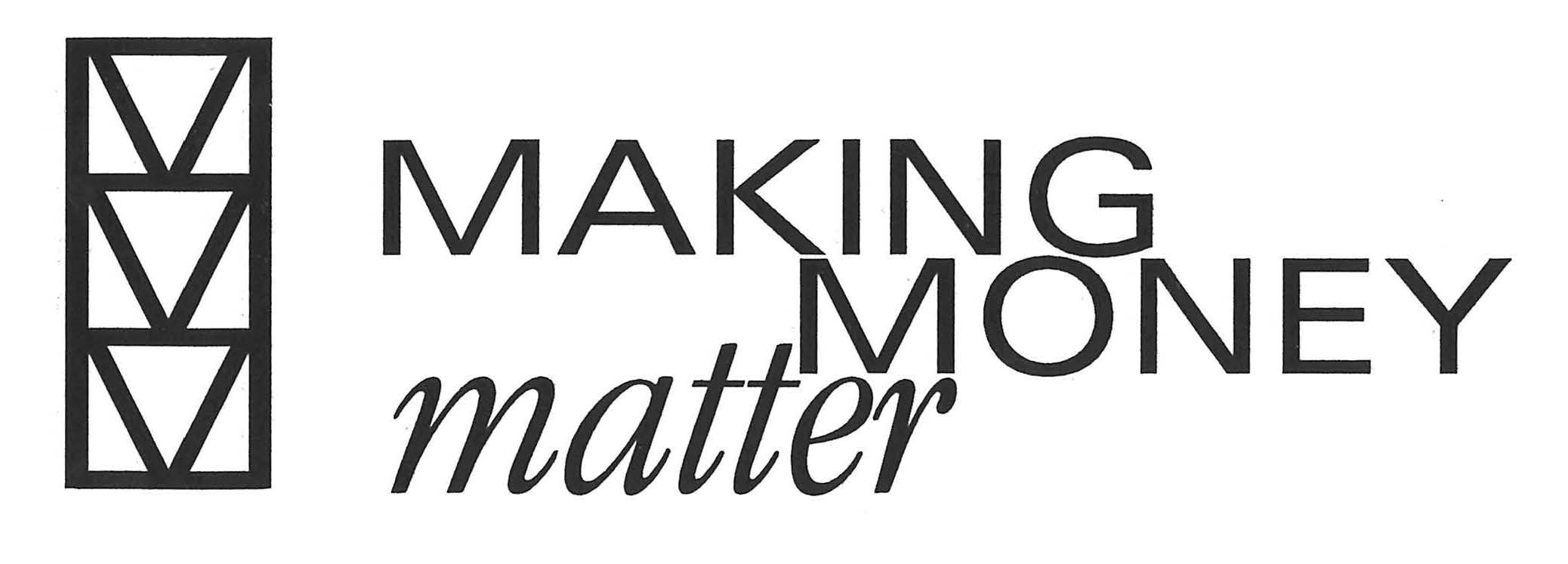“It was a very good year,” croons Frank Sinatra.
In the world of philanthropy, most would agree that 2014 was indeed a very good year, though the “half-empty” crowd would say that we still lag behind the heydays of 2006 and 2007. There is substantial evidence that we may be moving beyond the impact on giving of the Great Recession with some notable markers:
- The Stock Market: The Dow rose 11.4% following last year’s rise of more than 30% and hit an historic high of over 18,000 on December 23rd. Consumer confidence rose, the dollar gained strength, people shopped and spent and traveled and gave. The analysis is still being done but some predictions indicate that giving may be up as much as 9% or more from last year.
- Mega-Gifts: The number of nine figure gifts continued to grow. At least 19 were reported (exceeding the 15 reported in 2013). The 10 largest gifts totaled over $3.3 billion. Having received a $1 billion gift from a single donor in 2013, the Silicon Valley Community Foundation received a $500 million dollar gift in 2014 from another tech entrepreneur. In both cases, the donors were under 40. The tech world creates wealth….and many younger-generation major donors. The single billion-dollar gift in 2014 was a bequest to a Buffalo, New York family foundation.
- On-line giving: Think federated websites that allow one-stop shopping to simultaneously make gifts to multiple non-profits . Think crowdfunding that takes philanthropy viral. Giving via the internet is on the rise. In December, on Giving Tuesday alone, on-line giving was up 63% as compared with 2013. (Interestingly, there was a 101% increase in mobile transactions.) While final year-end numbers have not been validated, expectations are that giving on-line in 2014 will blast through prior levels.
Looking ahead to 2015 and beyond, here are a few anecdotal observations and recommendations.
About Non-profits: Philanthropy continues to play a crucial role in providing non-governmental resources to address society’s on-going challenges. Some focus on global, systemic issues such as abject poverty, environmental degradation, disease, natural disasters, and pandemics. Others are community based like food banks, theatre troupes or mental health service providers. Donors choose the organizations they know and trust to achieve shared goals.
About Volunteerism: It’s more hands-on and time sensitive. Volunteers want clarity about expectations, real work to do, and the personal satisfaction that their time was well spent. Non-profit leaders need to manage volunteer engagement, including and especially board engagement, to drive institutional success. Feel-good experiences are fine, especially if they connect directly with mission, but don’t waste time with make-work projects or talking head meetings. Remember that those who give of their time meaningfully are more inclined to also give of the treasure.
About Overhead: The old rule of thumb that the administrative cost to raise a dollar should not exceed 20% is being trumped by the realization that it costs money to grow an operation. Are strategic investments being made? Is there increased capacity to enhance the efficacy of the programs/services? The old rule is simply too simplistic.
About Fundraising: Increasingly, donors know exactly what they want to accomplish with their gifts. In addition, donors are less likely to respond to drives and campaigns unless a strong case is made for “why now?” They wonder if the matching gift is real or a marketing ploy. They question whether the campaign goal was set to hit an arbitrary magic number for prestige, like the right to claim “the biggest campaign ever among our peers.” They want to know if funds are being raised for a specific, clearly defined purpose: Is the money needed now because of what could be a missed opportunity? A strategic acquisition? A capital project? Mini-campaigns for a specific purpose are gaining traction and technology is empowering fundraising urgency.
About Timing Gifts: More donors are becoming savvy about timing, withholding or accelerating giving through gift and estate planning and on advice of counsel. Timing could be based on life cycle changes, business transitions, inheritances, unlocking dormant assets, maximizing charitable deductions, minimizing income tax between high and low income years, and avoiding capital gains. Timing matters for legacy giving as well, like the decision to give “with a warm hand instead of a cold one” as one donor aptly described it when he gave his intended bequest while still living to be able to see and enjoy its impact. Drescher Undergraduate Engineering (otherwise known as the Integrated Teaching and Learning Laboratory) at CU Boulder is the result of that decision.
About Givers: While traditional donors are still the majority, there is a new breed of givers who do not care about tax incentives or even if the social capital is provided to a for-profit or not-for profit organization. Their motivation is based on finding solutions, answers, remedies, and cures. They give for concrete impact and are looking for measurable return on philanthropic investment. For them, giving is about changing the status quo now. They have little patience, are directive and expect results. They can be very generous with their time and money and often want to be intellectual partners in dealing with large scale issues.
If 2014 was a good year for you, make your New Year’s Giving Resolutions:
- decide what change or outcome or impact you want to see
- choose your organizational partner
- be an effective volunteer, giving of your time and talent
- commit to how much and when you want to give
- make your gift!
If you want 2015 to be a good year for your organization, pay attention to the trends and review your strategic plan
Enid M. Ablowitz, CFRE, CSPG, is a veteran advancement professional, author and consultant who is dedicated to educating and guiding donors and non-profit organizations on the art and science of strategic philanthropy.
Originally published in the Boulder Daily Camera on January 11, 2015.
‘Til next time — Give Well, Give for Good.


